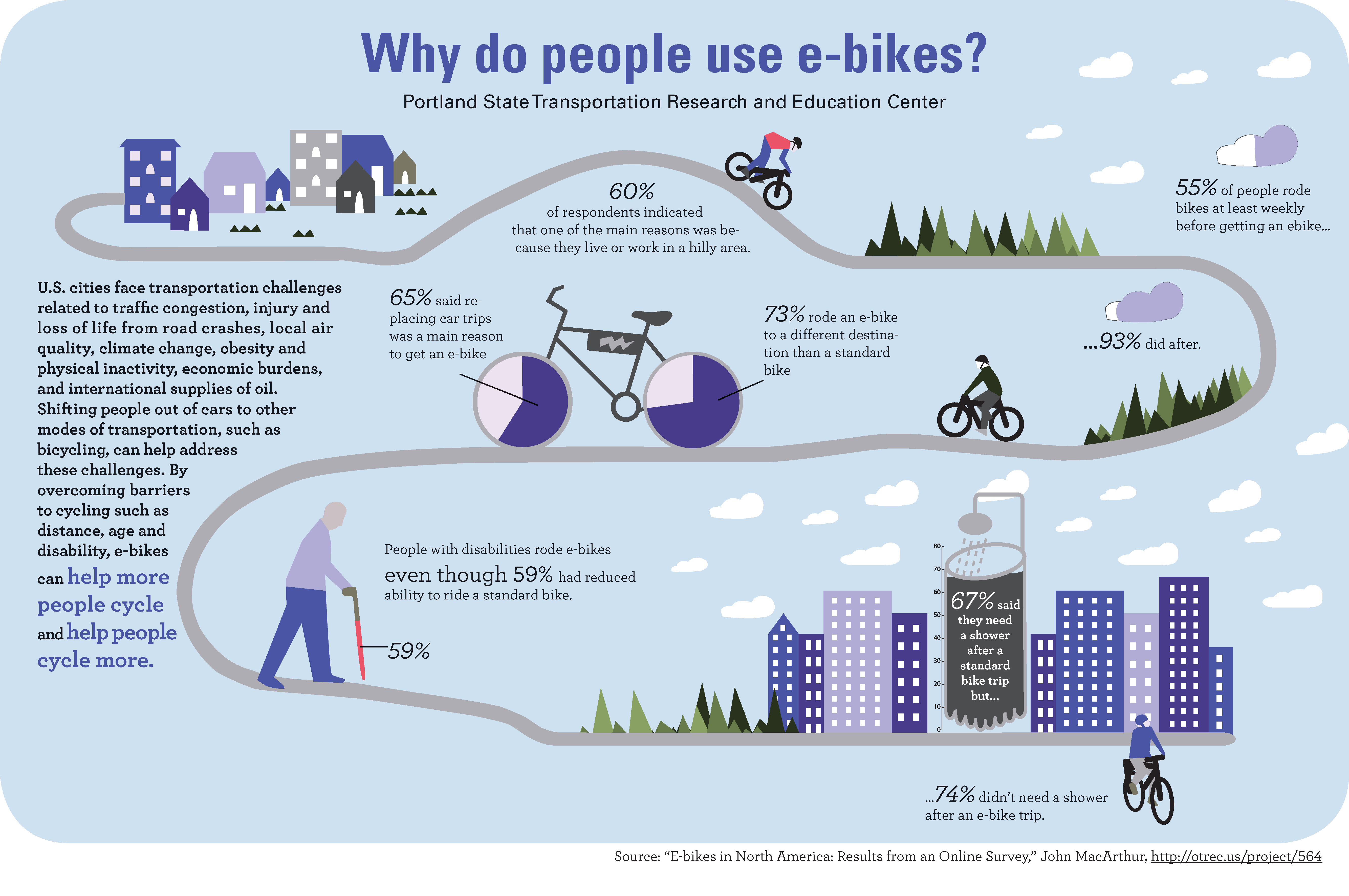An Introductory Introduction Of E-Bike Regulation And Standards In Your City
An Introductory Introduction Of E-Bike Regulation And Standards In Your City
Blog Article
Web Content Writer-Munk Stanton
Before you hop on your e-bike and hit the streets, it's essential to understand the legislations and guidelines that control your city. From speed limits to marked riding areas, there's a whole lot to think about to ensure you're compliant and secure. By familiarizing yourself with the regulations specific to e-bikes, you'll be better equipped to enjoy your rides without any unanticipated lawful issues. Keep tuned to find essential insights that will help you browse the e-bike landscape in your city seamlessly.
Recognizing E-Bike Classification
When it comes to navigating the world of e-bike regulations and policies, a vital beginning factor is comprehending the classification system that categorizes these electrical bicycles. E-bikes are generally categorized into three primary groups: Class 1, Class 2, and Course 3.
Class 1 e-bikes are pedal-assist just, implying they supply assistance while the rider is pedaling and have a maximum speed of 20 mph. These bikes are admitted locations where standard bikes are allowed.
Class 2 e-bikes are geared up with a throttle that can propel the bike without pedaling. They also have a maximum speed of 20 mph and appropriate for bikers that might need aid without pedaling continually.
Class 3 e-bikes are similar to Course 1 yet with a higher maximum speed of 28 miles per hour. These bikes are frequently limited from particular bike paths or tracks due to their higher rates.
Recognizing these classifications is essential for following neighborhood regulations and making sure a safe and enjoyable e-biking experience.
Browsing Rate Limits and Restrictions
To properly browse e-bike legislations and guidelines, it's critical to recognize the speed limitations and limitations that relate to various classes of electric bicycles.
Rate limits for e-bikes differ depending upon the classification of the bike. Class 1 e-bikes, which are pedal-assist just and have a maximum speed of 20 miles per hour, are usually enabled on bike lanes and courses.
Class 2 e-bikes, which have a throttle in addition to pedal-assist and likewise get to rates of approximately 20 miles per hour, may be limited in particular areas where motorized vehicles aren't allowed.
Course 3 e-bikes, with pedal-assist as much as 28 miles per hour, are typically needed to adhere to the exact same guidelines as traditional bikes.
It is necessary to follow these rate limitations and constraints to guarantee your safety and the safety of others on the road. Before riding your e-bike, familiarize yourself with the specific laws in your city to avoid any type of possible fines or legal concerns.
Where to Experience Your E-Bike
To determine where you can ride your e-bike, it's important to understand the regulations and guidelines particular to your area. In the majority of locations, e-bikes are commonly allowed on roads and roads where conventional bicycles are allowed. This might include bike lanes, bike paths, and shared roads. However, it's important to examine local laws as some cities might have specific restrictions on where e-bikes can be ridden.
When riding your e-bike, constantly focus on safety by following website traffic regulations and respecting pedestrian walkways. Additionally, be Get Source of any kind of assigned bike lanes or paths in your location and use them whenever possible to make sure a smoother and much safer ride.
Some cities also have policies pertaining to e-bike use on pathways, so make sure to acquaint on your own with these regulations to prevent any fines or fines.
Final thought
Now that you know with the laws and policies bordering e-bikes in your city, you can with confidence hit the road understanding where you can ride and what limitations put on your e-bike category. Bear in mind to constantly focus on security and comply with the regulations to make sure a smooth and lawful trip. Happy riding!
